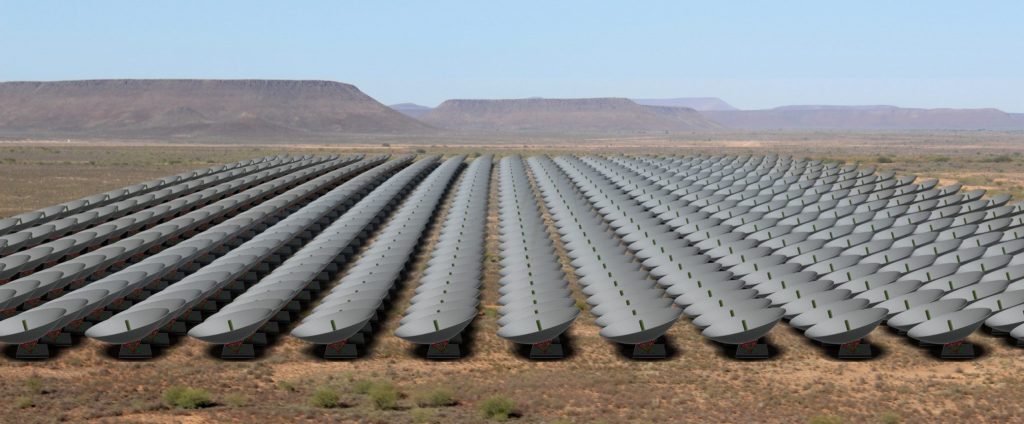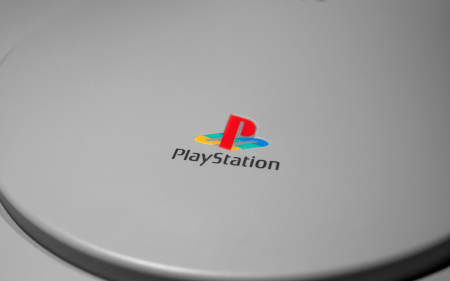South Africa is a surprisingly advanced location for global astronomy. We’re part of the Square Kilometre Array (SKA) project and now another, called HIRAX, has finally been funded.
HIRAX is the Hydrogen Intensity and Real-time Analysis eXperiment and you’re likely to hear more about the project in the near future. It’s funding of R35 million has been approved by the National Research Foundation (NRF), so now the construction of 1,024 six-metre radio telescopes can begin.
I am the HIRAX, I speak to the stars
The project is the result of a partnership headed by the University of KwaZulu Natal and consisting of several international agencies, including physicists from ETH Zurich. Its aim is to map “…nearly all of the southern sky in radio continuum and neutral hydrogen line emission over a frequency range of 400 to 800 MHz.” It gets a lot more complicated than that but the project, which is sharing a little of the South African Radio Astronomy Observatory’s (SARAO) Karoo site where the Square Kilometre Array is being developed, will be hunting for dark matter and fast radio bursts, among other targets.
And it’ll be hunting for those targets using some unexpected tech. A group of Swiss physicists from ETH Zurich, headed by Alexandre Refregier, are developing a digital corrector, used to link together up to 256 reflectors for the project. It’s being powered by graphics processing units — so someone’s using these things for more than Bitcoin mining. Nice. They’ve also repurposed drones, using a radio signal from an airborne craft to “..synchronise the measurement signals received by the individual antennas.”
When it’s done, the ETH Zurich physicists intend to install its digital corrector onsite, “…so that the amount of data can first be reduced before it is sent somewhere else for further processing,” according to Refregier. Which makes sense. HIRAX is expected to generate 6.5 terabytes of data a second when it’s finally complete. That’s not something you want to subject your fibre line to, now is it?




